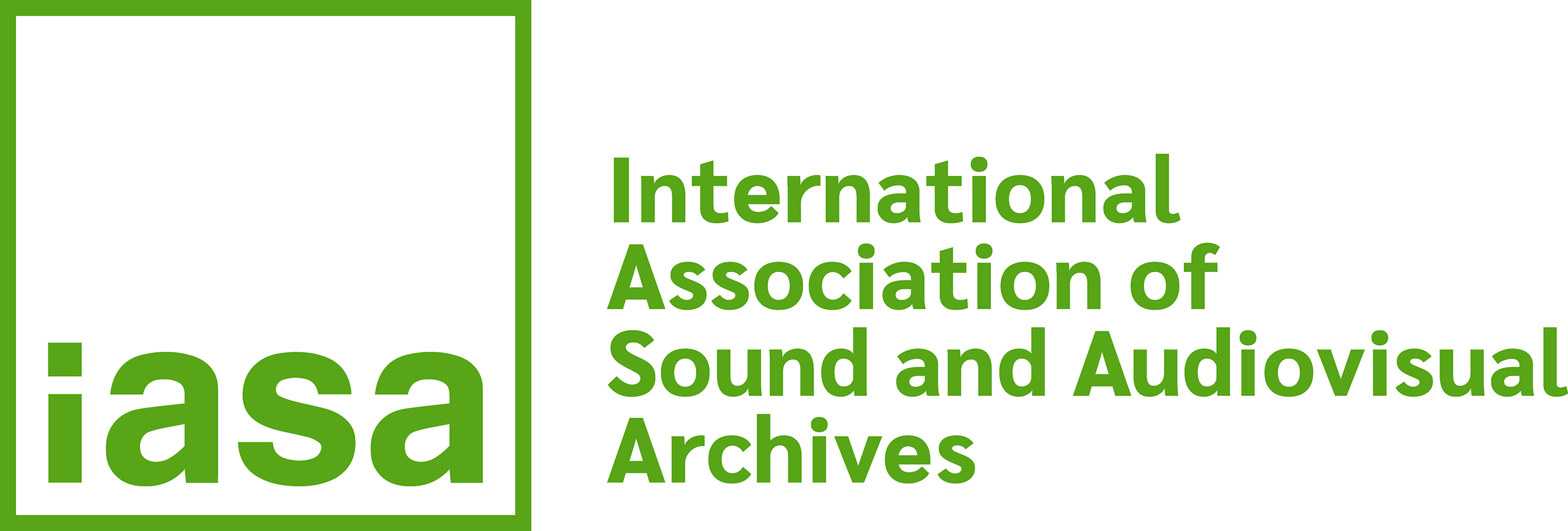5. Conclusions
As we have seen, all forms of sound recordings are extremely vulnerable and we should, therefore, consider a few basic principles and organizational methods aimed at minimizing the intrinsic problems involved.
Even if all the measures mentioned under section 4 are observed, accidental damage can never be ruled out. It is, therefore, necessary to develop a policy which will minimize - if not eliminate - any remaining risks. The main principle of such a policy is to keep -if at all possible - two high quality copies of each item in separate locations: one in the storage area of the sound archive itself; the other in a security vault well away from the archive's premises.
Wherever original recordings are made in a studio, standard archival tape should be used. Ideally two recordings should be made at the same time: one should function as the archival master to be retained in the archive itself. The second should function as a security copy to be stored in the security vault. The archival master should only be used occasionally, while in those cases where frequent use or in-depth evaluation is foreseeable, an additional (working) copy should be made. This copy may be of lower fidelity and even a cassette copy may serve for many routine archive purposes.
Original recordings made on portable equipment in the field, are rarely recorded on standard archival tape. It is therefore necessary to copy these long-play or double-play original tapes onto archival tape which then will serve as archival masters. If economies have to be observed then as a compromise the original tapes may, after copying, function as security copies, although it must be borne in mind that LP or DP tapes are not the most suitable for security purposes.
The production of archival masters and security copies should always be done with utmost technical care avoiding any element of subjective filtering or other aesthetic treatment. Fast copying techniques always affect the quality and therefore should be used - if at all - only for the production of working copies where a lower quality is acceptable. Every archival master tape should begin with test tones which facilitate the production of further copies and make it possible to conduct subsequent quality control inspection of the tapes. They also serve for short checks of the equipment while it is used. 1
The same principles of security also apply to records. Duplicates should be kept and - for security purposes - be stored at separate locations. Because of the higher vulnerability of records, the archival master should always be a tape copy while the record itself should only be used if the archival master is accidentally destroyed.
All storage areas, the one in the archive itself as well as the separate security vault, should be equipped with full temperature and humidity control (especially under tropical and subtropical conditions). The high cost outlay involved will often suggest co-operation with other sound archives in the same country or region. It may, therefore, be wise to establish as few independent sound archives as possible and to concentrate financial resources as well as organizational and technical skill. At university level, at least, only one unit should be established and professionally equipped and this should maintain co-operation with all research bodies that have an interest in the production and use of sound recordings.
If proper technical quality control is to be maintained, then written records should be kept of all equipment used for recording and copying. A note of the dates on which the recordings were made and the results of tests conducted should also be kept. This information together with the written reports on equipment tests, make it possible to carry out proper quality evaluations of copies. This is especially important in the light of the increasing work being done in all fields in acoustic analytical evaluation, since a sound recording essentially provides a measurement of a physical process whose accuracy or inaccuracy has to be known. It is also useful to keep test reels of each of the various sorts of tapes or batches of tape used, with recorded signals and a length of unused tape for future inspection and test.
Finally, it should be a basic principle of routine organizational security that only archival staff be allowed to handle original tapes, archival and security copies. Only by strict observation of this principle and by careful choice of staff who believe in precision in all things, can damage to the archival holdings be minimised.
In this chapter we have tried to show the technical layman who has to produce, accession and evaluate sound recordings the basic physical and technical framework within which he must operate. He should not assume that he no longer needs to study the relevant literature or seek technical advice. This chapter, however, should help him to take the right direction from the beginning and to approach the responsible financial authorities for the necessary funds. Let us not forget that, amidst all our considerations, it is the physical preservation of valuable acoustic source material and an irreplaceable heritage which is at stake.
- Schüller, D. 'Standard for tape exchange between sound archives' in Phonographic Bulletin, No.19; 1977


